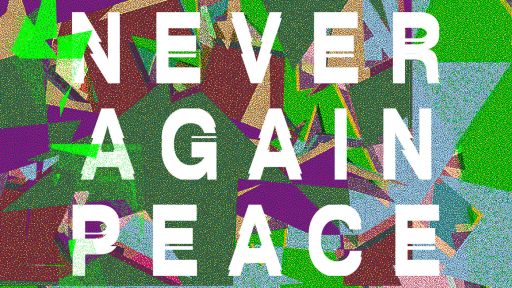steirischer herbst '21
roundtables
Part I
Competing with Public Space
Public space today is both increasingly controlled by security and saturated with advertising, making it more and more difficult to create artistic situations that people will notice. Often, it seems as if the only way to draw attention is by causing a public disturbance. But this frequently alienates broader audiences—who remain firmly in the hold of all the other attractions urban space has to offer. What can artists do today to work in and around the strictures and structures of public space, and is there even still such a thing? How can one engage with a broader public in securitized, overcommodified public space? What must contemporary art do to reinvent its audience in a time when it far too often addresses only a small group of the select?
10:00–12:30
Flo Kasearu
Tino Sehgal
Mounira Al Solh
In conversation with Ekaterina Degot and Christoph Platz
Respondent: Mirela Baciak
Part II
New Ecologies of Exhibition-Making
The recent lockdowns made it obvious that contemporary art is facing a crisis of sustainability. This does not only concern the mobility of international curators, artists, and artworks as well as the footprint they leave behind, but also the relation to audiences, be they the inhabitants of a city where a festival is held or the broader addressee of society at large. Other areas of culture such as film, fashion, or music were very successful at responding to the massive demand for culture while people were stuck at home, whereas contemporary art found itself doing quite well without an audience altogether, making it appear more and more like a wealth-dependent bubble about to burst. What are the options for expanding the public scope of culture, for reengaging with locales and locals? What role will the dialogue between theater, fashion, film, and visual art play to win over new audiences? Can contemporary art prove itself to be an “essential” service?
15:00–17:30
Christoph Gurk
Matteo Lucchetti
Aneta Rostkowska
Sabina Sabolović (WHW)
In conversation with Ekaterina Degot and David Riff
Respondent: Christoph Platz











